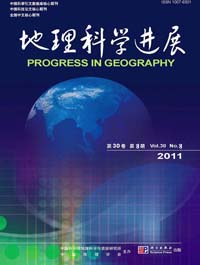Original Articles
YANG Ren, LIU Yansui, LIU Yu
In this paper, based on China's 31 provincial panel data of rural development indicators in 2000, 2004 and 2008, and the method of the exploratory factor analysis, the regional differences of new rural development were comprehensively analysed. The eastern, central and western regions had obvious geographical differences in rural development, and the rural development pattern did not change significantly. The pattern of eastern > Central> Northeast > Western remained unchanged, and the level of development in rural areas was the same as the regional economic development. The basic reason for the regional rural differences is the difference in the natural resources and level of economic development. The difference in regional development stage and the main features of rural development are the main reasons for the regional differences. Biased government policies and global factors are important driving forces to strengthen regional differences. The difference in industrial restructuring process in rural areas can increase regional differences. The difference degrees of the development in rural China were 0.356, 0.413 and 0.386, respectively in 2000, 2004 and 2008, which showed that since 2000 the regional differences were expanded. The moving trajectory of rural development in China can be seen during the period 2000-2008. The centre of gravity rural development is located in Anhui Province of China, and the differences in rural development are significant. The "center of gravity" of rural development shifted to the north from 2000 to 2004, and the rural development was quicker in the northern areas. China's strategic plan of building a new socialist countryside and the western development strategy made progress steadily in rural development. The level of rural development differences was reduced from 2004 to 2008.
